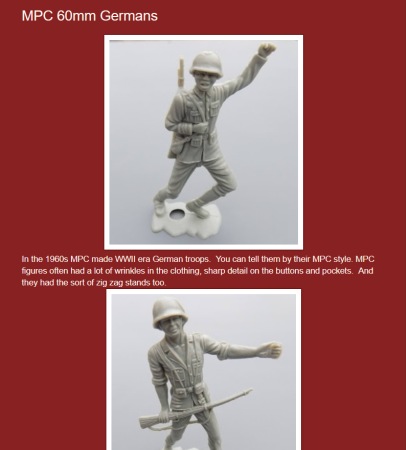Painting and flocking are the easiest steps in the entire process.
I'll slather on any suitably colored paint for the soil - in this case, I used leftover Camel (brand unknown).
Flocking comes from my 'tub o' flocking'. This is a plastic tub that has had a variety of flock poured in over the years, until the blend is a somewhat non-descript mix of odds and ends. It tends toward a light tan-ish color, but use whatever seems appropriate for your landscape. Wet, flooded areas may be darker in appearance, while dry desert regions tend to be lighter.
The execution is simplicity itself.
Cover the base in a thick coat of paint. Don't thin it with water or flow release. A good thick coat of paint is what is needed here.

Immediately after applying the paint, cover the still-wet base with flocking. The wet paint acts as the glue to hold the flock to the base. I do this by placing flocking in one corner of an old box lid...

...placing the base in the lid, and then sliding the base into the flocking, allowing it to sit there for several minutes (or longer).

I use this method because one quick pass through the flocking does not provide a solid uniform layer of flock. Some spots are missed entirely, while in others the paint soaks through and overpowers the flocking. Of course, the resulting mottled base can look good too - it's all a matter of what result you desire.
When the paint and flocking is dry, apply a light coat of matte spray finish to the flocking on the base. This helps to fix the flocking to the base and minimize damage from wear and usage.











